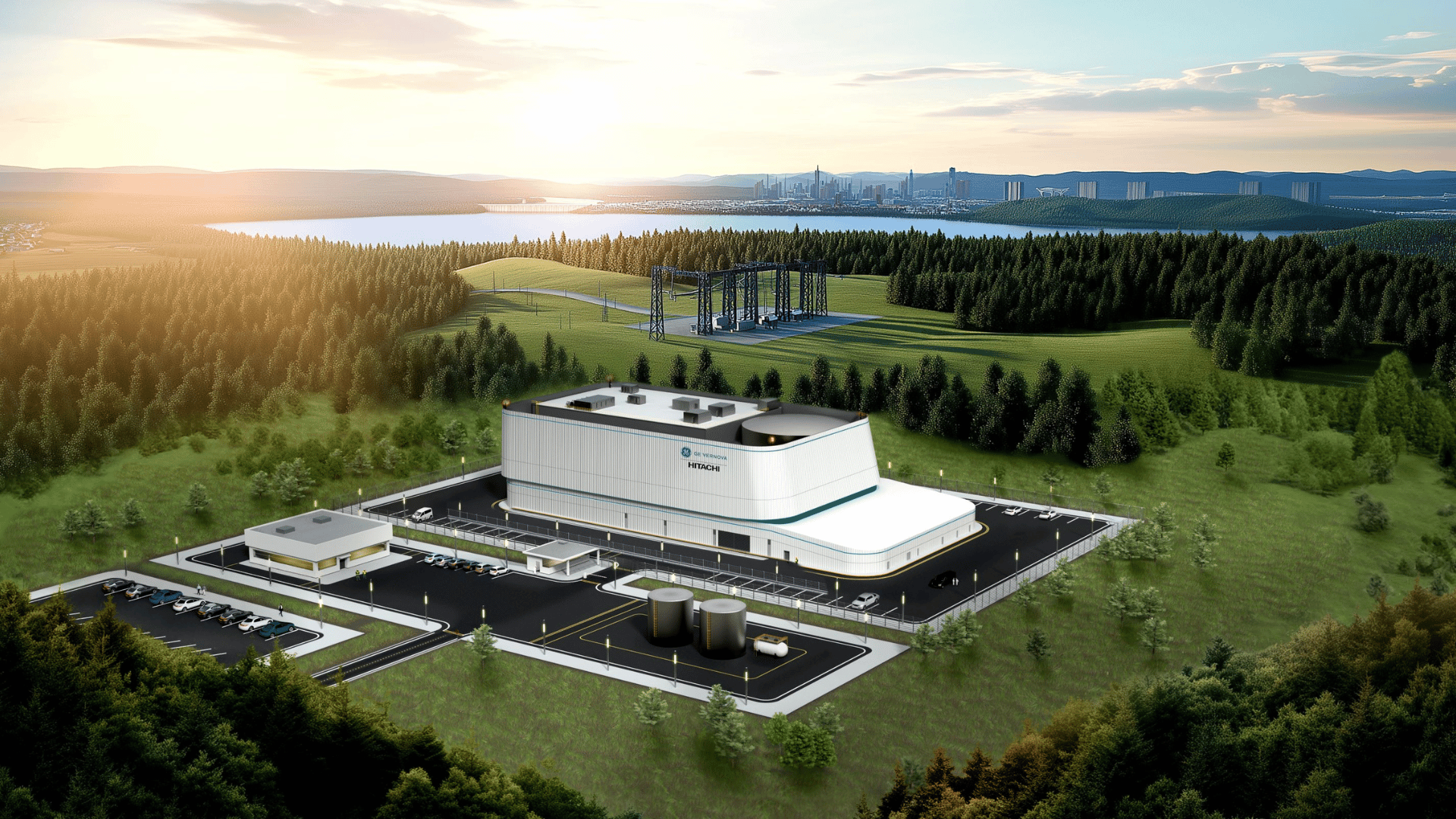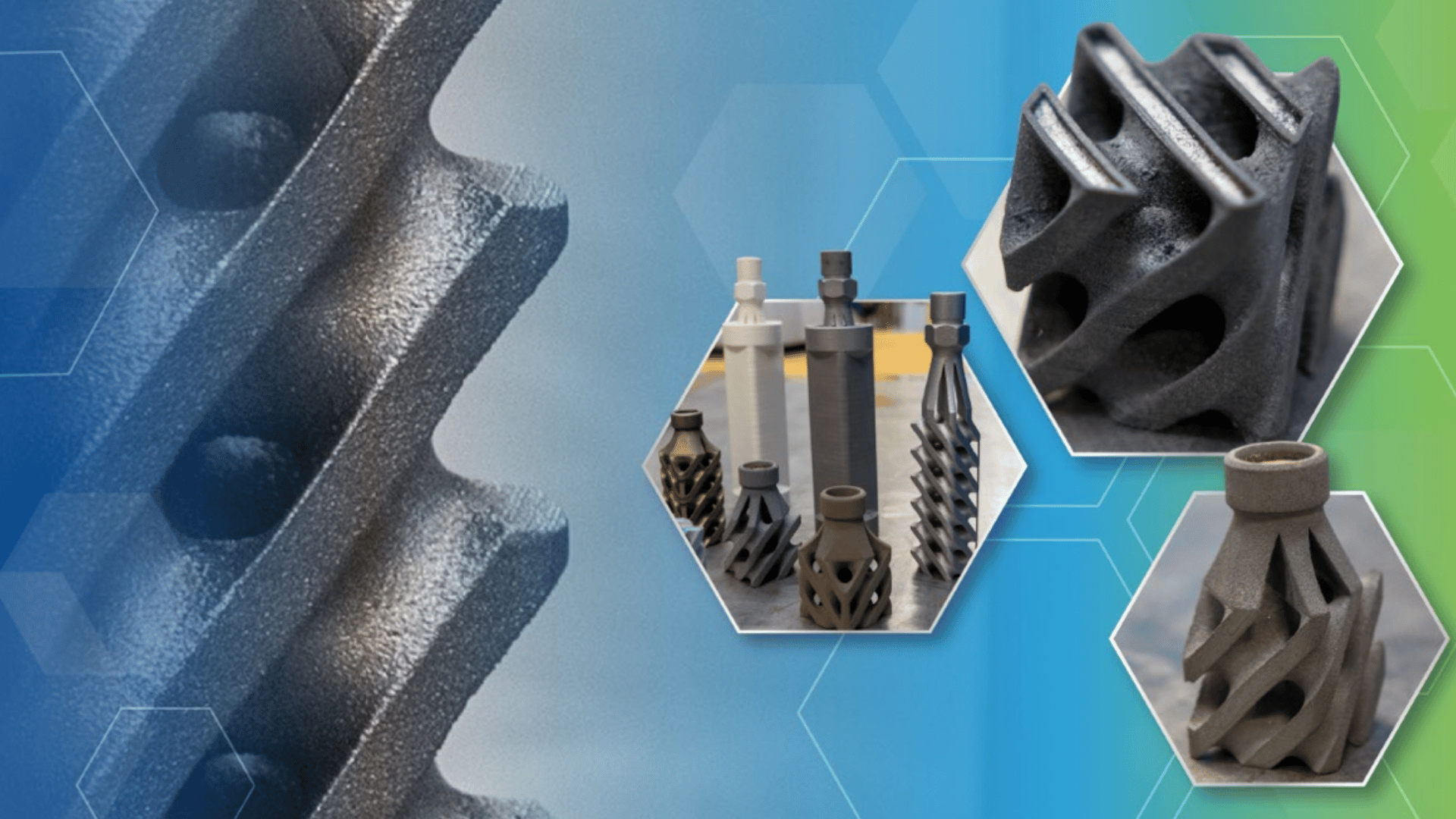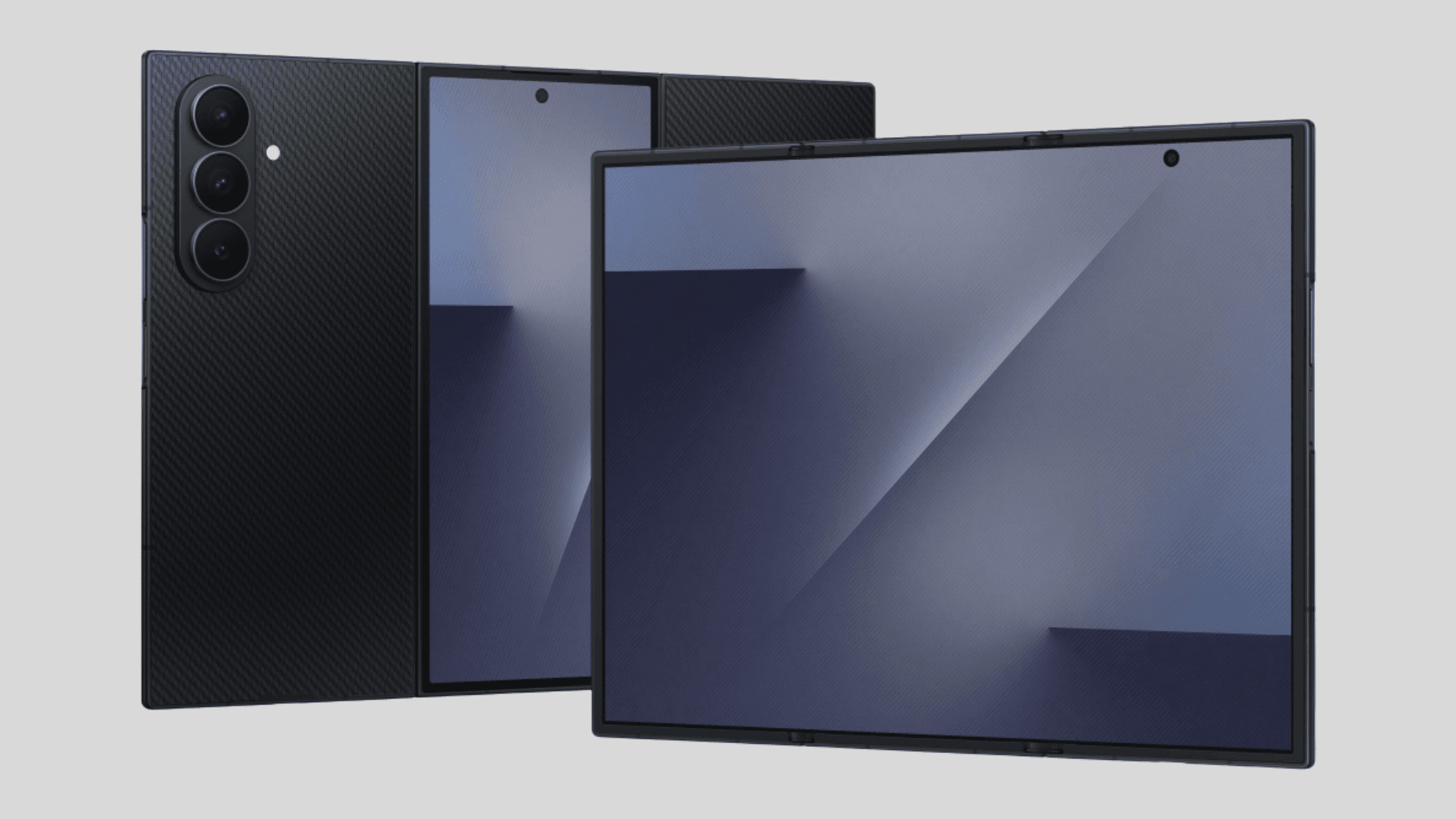Underneath Purdue University’s campus is Indiana’s only nuclear reactor. While it’s only used for research purposes, the reactor generates power equivalent to 10 microwaves. Purdue University Reactor Number One (PUR-1) stands out because it is the only all-digital reactor licensed by the U.S. Nuclear Regulatory Commission.
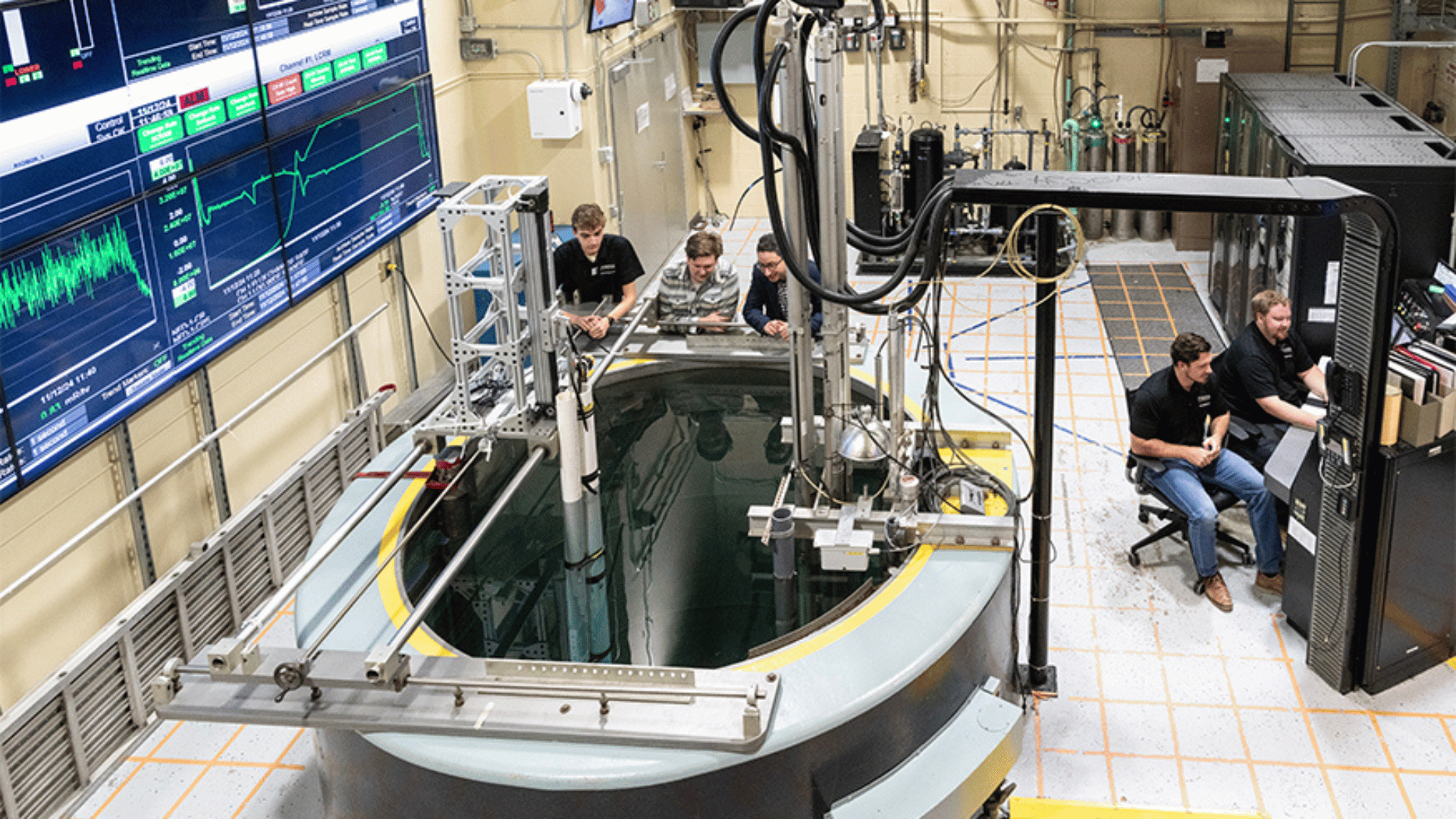
All-digital means that the reactor’s “nervous system” strictly uses digital technology. The “nervous system” refers to the reactor’s instrumentation and control system. Since the digital upgrade in 2019, engineering faculty and students have conducted novel experiments with PUR-1. Purdue University’s findings have helped develop advanced reactors such as small modular reactors and microreactors.
In 2023, the reactor received another digital upgrade when associate PUR-1 director Stylianos Chatzidakis completed a “digital twin” of PUR-1. The development allows students and researchers to conduct experiments on a digital copy of the reactor without impacting its operation.
“We are the only university that has a digital twin of a true nuclear reactor that can utilize reactor-generated signals for research,” said Seungjin Kim, the Director of PUR-1. “That makes us unique.”
Highly Accurate Digital Twin
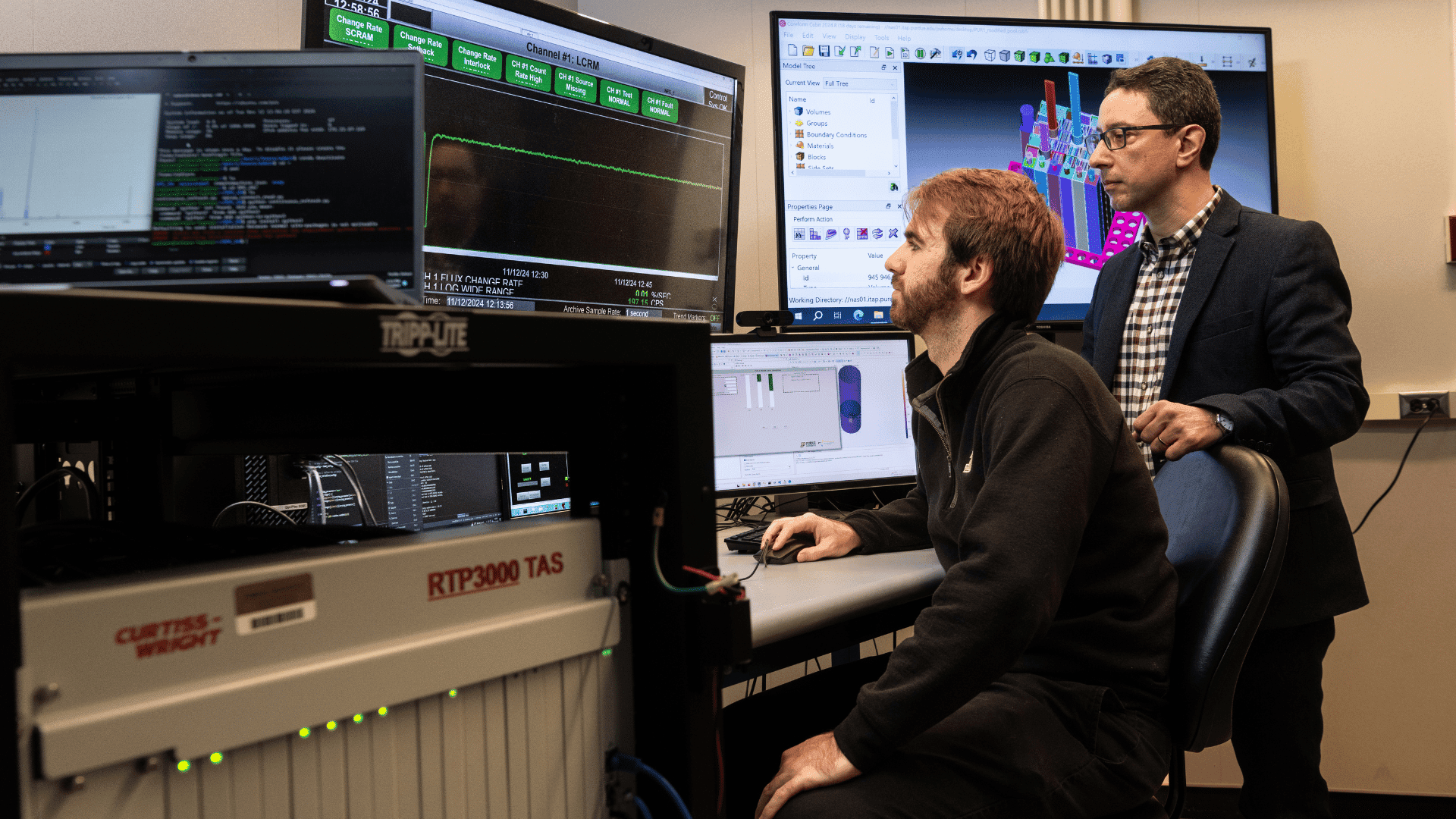
Chatzidakis and other collaborators at the University and the Argonne National Laboratory demonstrated how the digital twin could test a machine learning algorithm that they developed. The results were published in Nature’s Scientific Reports.
They developed the algorithm to improve the performance of small modular reactors.
The researchers found the algorithm could “rapidly learn about the physics behind a measurement of how steadily the reactor is producing power and predict changes in this indicator over time with 99% accuracy.”
Accessing the reactor’s measurements from a different building allows Chatzidakis and his team to explore how a similar framework could be used to operate nuclear reactors remotely in the future.
“Let’s say that you have a fleet of small modular reactors or microreactors operating in a remote location,” Chatzidakis said. “If staff could be in a control room hundreds or thousands of miles away and monitor multiple reactors at once, we could minimize the operation and maintenance costs. Using PUR-1, we could quantify the potential reduction in costs.”





